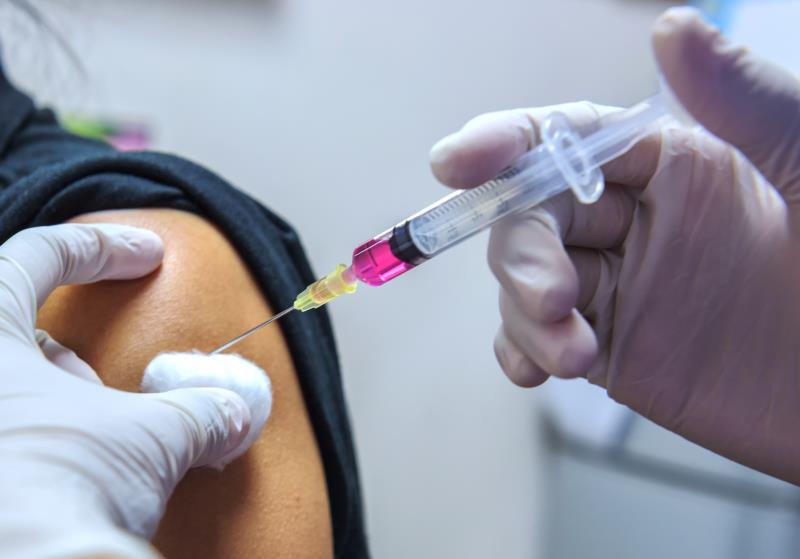
The risk for subdeltoid bursitis increases following influenza vaccination, but the absolute risk appears to be small, according to a recent study.
A total of 2,943,493 vaccinated individuals were included in this retrospective cohort study. Sixteen and 51 cases of symptom onset were identified in the risk and control intervals, respectively.
In the risk interval, the median age of participants was 57.5 years (range, 24–98 years), and 69 percent were women. The incidence rate ratio was 3.24 (95 percent confidence interval [CI], 1.85–5.68), while the attributable risk was 7.78 (95 percent CI, 2.19–13.38) additional cases of bursitis per 1 million vaccinated individuals.
This study used the Vaccine Safety Datalink, which contains health encounter data for 10.2 million members of seven US healthcare organization, and identified persons who received an inactivated influenza vaccine during the 2016–2017 influenza season.
The investigators identified potential incident cases by searching administrative data for those with a shoulder bursitis diagnostic code within 180 days following an injectable influenza vaccine in the same arm. They abstracted the date of reported bursitis symptom onset from the medical record.
The incidence rate ratio of bursitis was calculated via self-controlled risk interval analysis in a risk interval of 0–2 days after vaccination compared with a control interval of 30–60 days, which represented the background rate. The attributable risk was also assessed.
“The results may not be generalizable to vaccinations done in other types of healthcare settings,” the investigators said.